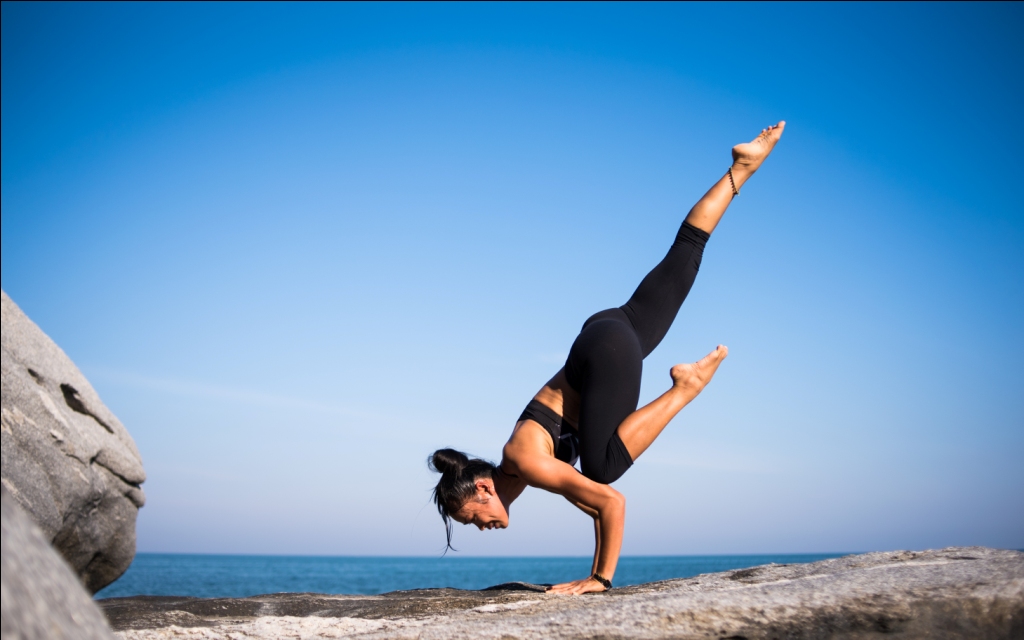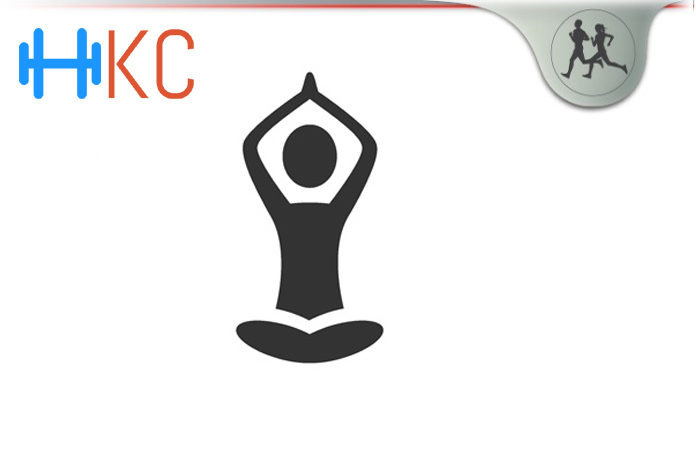If you’ve ever become preoccupied with your body, worrying whether you’re too skinny or not skinny enough, too muscular or not muscular enough, you’re familiar with body image. From shame and embarrassment to depression and low self-esteem, negative body image can take a major toll on our health, happiness, and overall well being.
People who have poor body image often struggle to change how they see themselves, though things like self-care, therapy, and strong relationships can help create a shift. With its focus on turning inward and a combination of exercise and relaxation, yoga can also play a role in improving body image.
What Is Body Image?
Body image refers to the way you see and feel about your body. But the view we have of our own bodies is rarely an objective one, and is instead a reflection of many external stimuli. Things like our parents’ body image, our perceptions of people around us (like the person on the next mat), the things we were told as children, and the filtered images on social media all affect body image. Our own characteristics, some in our control and others not, also influence body image, and people perceive themselves differently based not only on size, but also on things like race, age, and gender identity.

Body image is about much more than having a positive feeling; it strongly affects how we treat ourselves and how we relate to other people. People with positive body image are more likely to take care of themselves, demand respect, believe they deserve happiness, and feel proud of their abilities. Those with poor body image, on the other hand, often see themselves as not worthy, not deserving, or not “enough.”
Yoga and Body Image
The practice of yoga puts us in touch with our bodies, and it can improve body image through many different channels.
Most people are introduced to yoga through classes teaching asana, or physical yoga poses, which usually comprise moderate to vigorous exercise. The flood of endorphins and feeling of accomplishment that come at the end of any workout can boost body image and self-esteem, so using yoga simply as a workout can have a positive effect.
But yoga easily goes a step beyond other forms of exercise when it comes to affecting body image. Negative body image can be exacerbated by feeling disconnected from your body, something yoga counters by emphasizing the link between breath and movement. In addition, thanks to the combination of exercise, stretches, and relaxation, most people report feeling better at the end of class – and when our mind is settled and our body feels good, it’s easier to see it in a more positive light.
Even more than the physical practice of yoga, the mindfulness and meditation that come with it can affect practitioners’ body image. Meditation and mindfulness encourage a focus on the present moment, an acknowledgement of gratitude, and a release of thoughts and feelings that don’t serve us. Regardless of the exact type of practice, it brings people back to the things that really matter – and for most of us, that isn’t a focus on appearance.
Studying the philosophies behind yoga can influence body image as well. While people tend to picture an exercise regimen or pretzel-like stretches when they think of yoga, it also provides guiding principles for life off the mat.
The Yoga Sutras of Patanjali, one of yoga’s seminal texts, describes the ethical guidelines of yoga. The five yamas are a key part of this teaching, and body image relates to the first two in particular. The first yama, ahimsa, translates to non-violence or doing no harm. While the yamas are sometimes described as rules for interactions with others, they also apply to how we treat ourselves. Studying this tenant can help yogis realize that negative thoughts about their bodies are a form of harm, and one that should be avoided.
The second yama, satya, translates to truthfulness, and applies to both what we tell others and what we tell ourselves. Part of satya is recognizing that our own perceptions of our bodies are flawed and that the images we see on social media are not truthful. These principles might seem too simplistic, but with open-minded reflection and meditation, practitioners can start to put them into action. Eventually, they may have an even bigger influence on body image than the physical practice of yoga.
When Yoga Doesn’t Help
Many people take up yoga in an effort to lose weight, become stronger, or gain flexibility, all of which may or may not ultimately affect their body image. Of course, some come to yoga specifically seeking a “yoga body,” and a continued focus on appearance is unlikely to change body image.
Other people who’ve done yoga eventually quit because it actually made their body image worse. And still others have resisted ever trying it because their body doesn’t match the yoga images they see on Instagram.
There’s no question that yoga is not as inclusive as it should be. The stereotypical image of yoga is one of young, thin, white women who wear name-brand clothes, drink expensive juice, and can put their foot behind their head. Not surprisingly, it turns off many would-be yoga students.
Though it’s just a stereotype and the fact is that many different kinds of people practice yoga, anyone who’s stepped foot in a yoga studio would agree that it has a kernel of truth. For students who don’t fit this stereotype, a yoga class that doesn’t champion diversity could even make their body image worse.
Finding the Positive Effects
For yoga to improve body image, practitioners should make an effort to focus on overall health and well being, not just on appearance or attaining a “yoga body.” To change our perceptions of ourselves, yoga must be about going inward and taking notice of how the body feels, not getting caught up in whether the person on the next mat has better balance or fancier yoga pants.
Practitioners should also try to go beyond the physical postures and delve into mindfulness, meditation, and philosophy, which is where the major mindset shift is likely to happen. And perhaps most importantly, students should seek an inclusive and diverse setting that is welcoming, whether that’s at a studio, in the community, or even at home with videos from a teacher who resonates with you.























